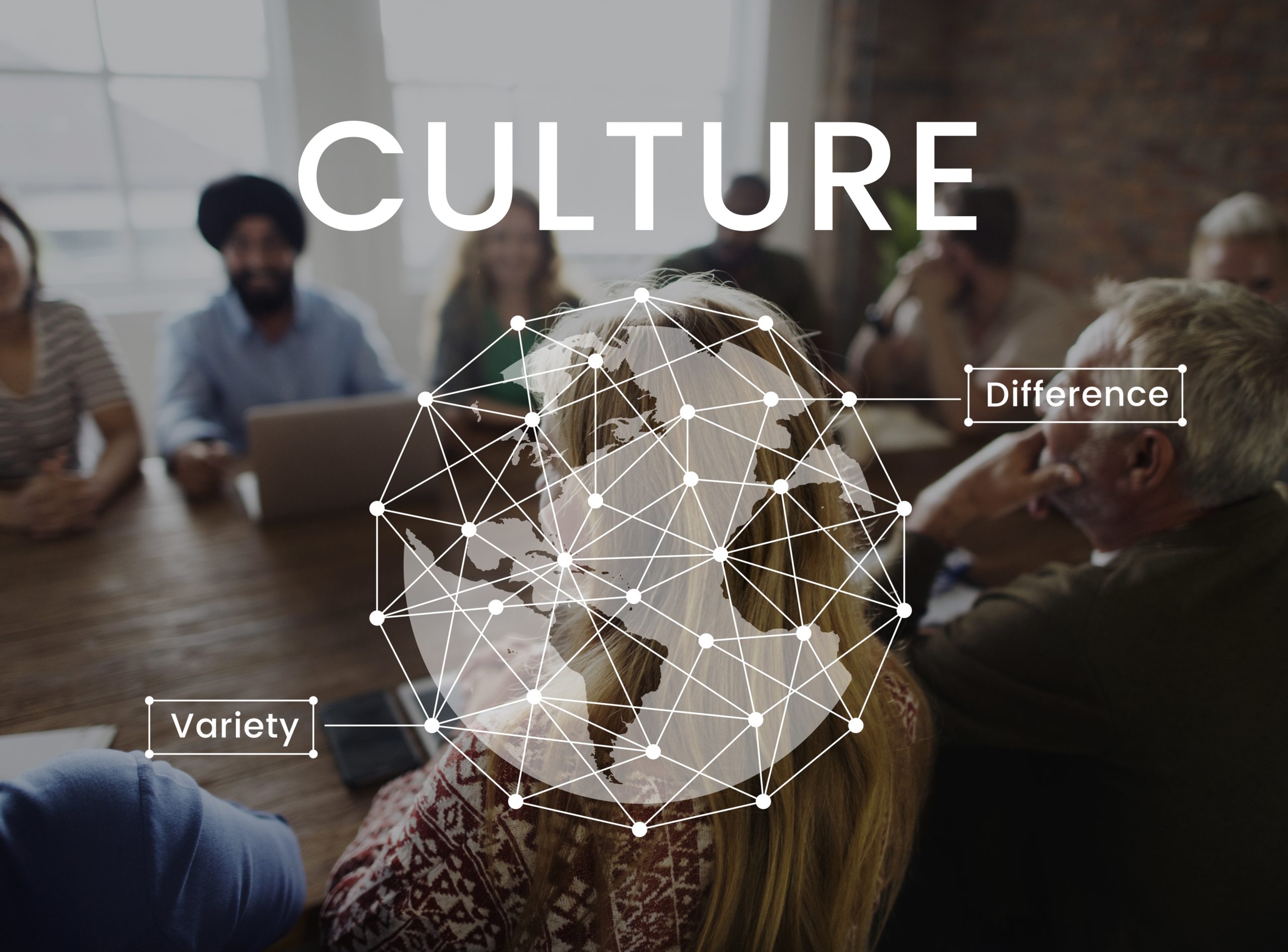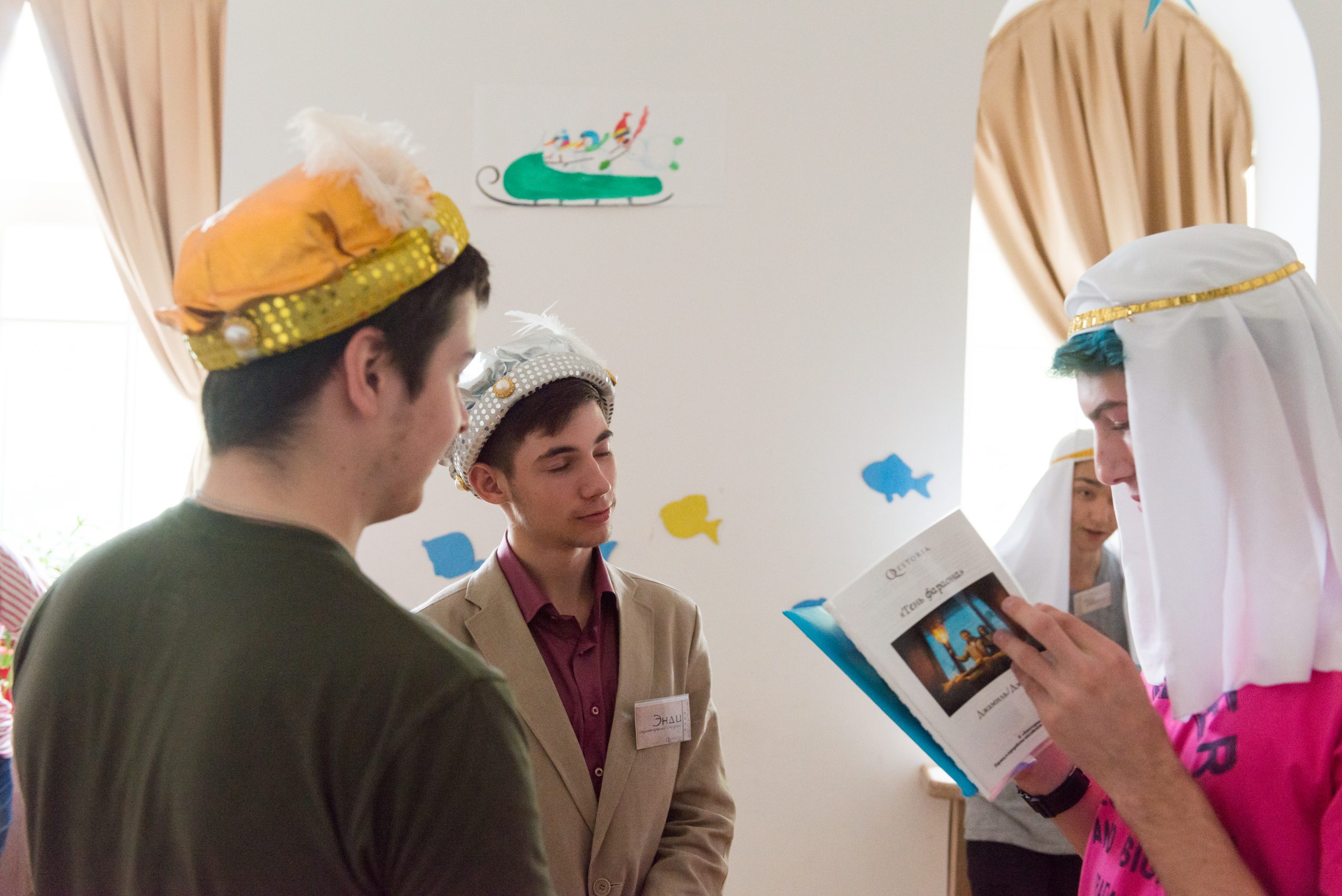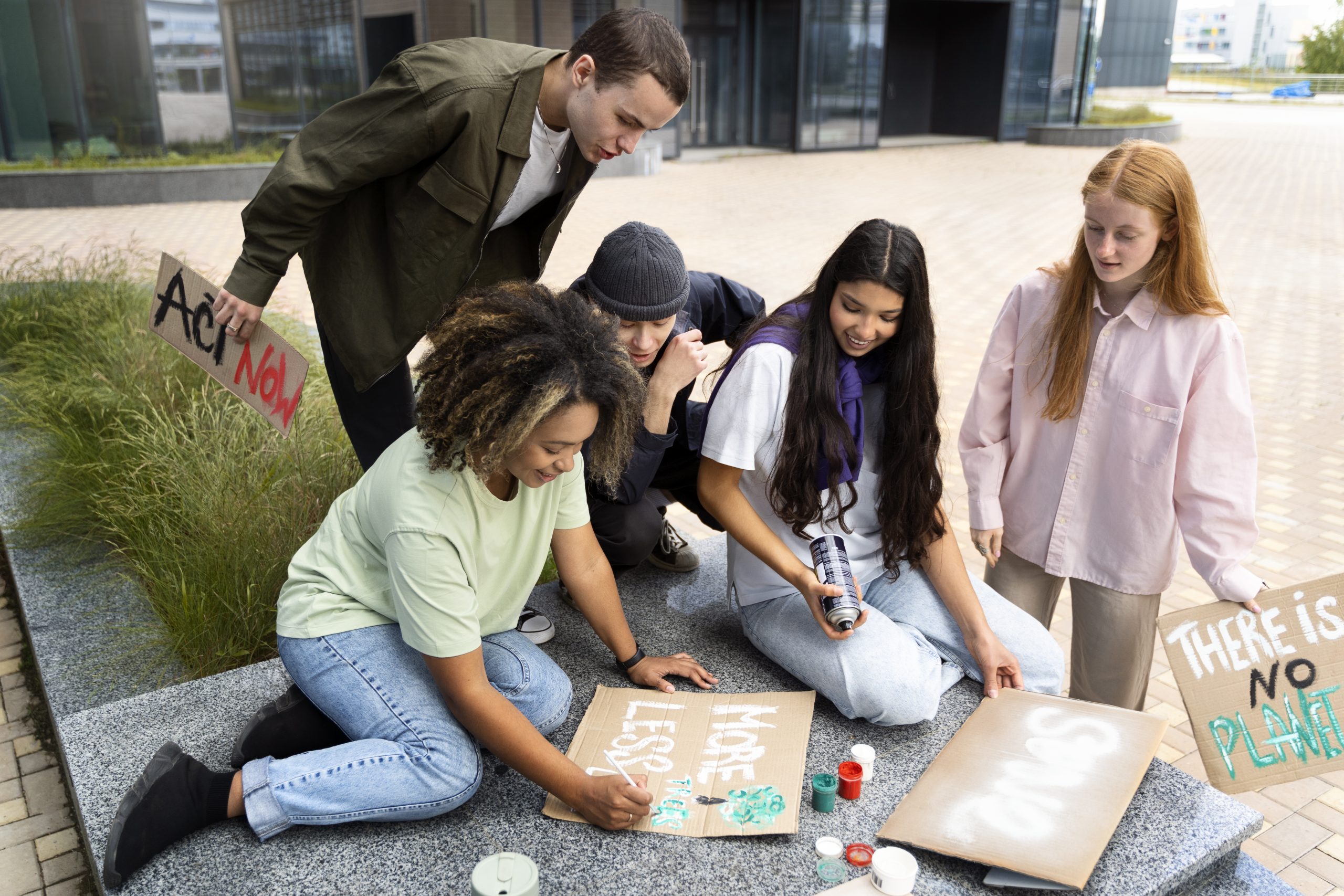
Every community, every society, and every nation carries stories that are passed down through generations. These stories are more than just tales; they are the heart of identity and the foundation of values. They are expressed through traditions, languages, festivals, art, monuments, and even the smallest daily rituals. Together, these form what we call cultural heritage.
At News Optimize, we recognize the importance of safeguarding cultural heritage in a rapidly changing world. As globalization and technology reshape societies, the preservation of heritage ensures that people remain connected to their roots while also fostering respect and understanding across different cultures. This article will take you through the meaning, importance, challenges, and modern ways of protecting cultural heritage.
Understanding the True Meaning of Cultural Heritage
Cultural heritage is not limited to monuments or ancient artifacts. It includes both tangible and intangible aspects of human life.
- Tangible heritage refers to physical objects like buildings, temples, manuscripts, clothing, and works of art.
- Intangible heritage includes traditions, oral histories, dance, language, music, and rituals that live through human expression.
This combination reflects the soul of societies and provides future generations with a window into the past.
Why Cultural Heritage Matters in Modern Times
In today’s world, cultural heritage serves as more than a reminder of history. It plays a vital role in shaping identity, unity, and sustainable development.
- Identity and Belonging: Heritage creates a sense of pride and connection to one’s community.
- Education and Knowledge: By learning about heritage, younger generations gain wisdom and inspiration.
- Tourism and Economy: Cultural heritage sites attract millions of visitors, contributing significantly to local economies.
- Global Understanding: Preserving heritage promotes mutual respect between cultures and reduces conflict.
Challenges in Preserving Heritage in a Changing World
While cultural heritage is deeply valuable, it faces many threats in modern society:
- Urbanization: Rapid development often leads to destruction of historic sites.
- Climate Change: Rising sea levels, floods, and storms threaten coastal and low-lying heritage locations.
- Neglect and Lack of Awareness: Many traditions fade due to limited recognition.
- Illegal Trade of Artifacts: Smuggling and black-market sales strip communities of their treasures.
To counter these threats, awareness, policy, and community engagement are essential.
Methods of Preserving Cultural Heritage
Communities, governments, and international organizations adopt multiple strategies to protect heritage.
Preservation of Tangible Heritage
- Regular restoration and conservation projects for buildings and monuments.
- Establishment of museums and archives to safeguard objects.
- Digital documentation of rare manuscripts and ancient texts.
Safeguarding Intangible Heritage
- Recording oral traditions, folk songs, and stories.
- Encouraging local festivals and traditional performances.
- Supporting community-led initiatives to keep traditions alive.
Here is a simplified table of methods and their impact:
| Type of Heritage | Preservation Method | Impact on Society |
| Monuments | Restoration projects | Protects architecture and history |
| Artifacts | Museum conservation | Ensures public education and access |
| Traditions | Local festivals | Strengthens community identity |
| Oral History | Audio recordings | Passes knowledge to next generations |
Technology and Innovation in Heritage Conservation
Modern technology is becoming a key ally in preserving cultural heritage.
- Virtual Reality and 3D Mapping: Create immersive experiences for those who cannot visit in person.
- Digital Libraries: Store manuscripts and photographs for global access.
- Artificial Intelligence: Helps detect damage risks in structures before they collapse.
- Social Media Awareness: Spreads knowledge about endangered heritage.
By combining tradition with technology, societies can keep their history alive in innovative ways.
Role of Communities in Protecting Heritage
No conservation project is complete without the active participation of local communities. Residents often know traditions more intimately than anyone else. Their involvement ensures authenticity and continuity.
- Communities act as guardians of rituals and festivals.
- Local knowledge helps preservation teams understand unique needs.
- Engagement empowers people with pride and responsibility for their culture.
Economic and Social Benefits of Preserving Heritage
Preserving cultural heritage is not only about history; it also brings economic and social growth.
- Boost in Tourism: Heritage sites often become major tourist destinations.
- Job Creation: From tour guides to artisans, preservation projects create employment.
- Cultural Exchange: Interactions between locals and visitors spread awareness globally.
- Social Cohesion: Heritage fosters respect, unity, and shared values.
The Future of Cultural Heritage in a Globalized World
Globalization has both positive and negative impacts on heritage. On one side, it creates opportunities for cultural exchange. On the other hand, it risks homogenizing societies, making traditions fade. The future depends on balanced efforts that protect identity while embracing change.
Governments, organizations, and individuals must work together to ensure cultural heritage thrives even as societies modernize.
FAQs
What is the difference between tangible and intangible cultural heritage?
Tangible heritage includes physical artifacts like monuments, while intangible heritage refers to traditions, languages, and rituals.
Why is cultural heritage important for society?
It provides identity, strengthens unity, educates communities, and contributes to tourism and the economy.
How can technology help preserve cultural heritage?
Through digital archives, virtual reality experiences, AI-based conservation, and global awareness campaigns.
What are the biggest threats to cultural heritage today?
Urbanization, climate change, neglect, and illegal trade of artifacts are the major threats.
How can individuals contribute to preserving heritage?
By participating in festivals, supporting local artisans, respecting historic sites, and spreading awareness.
Conclusion
Cultural heritage is more than a collection of objects or traditions; it is the living identity of societies and the link between past, present, and future. Preserving it requires commitment, awareness, and innovative solutions. At News Optimize, we believe that safeguarding cultural heritage ensures not only the survival of traditions but also the enrichment of humanity as a whole.
By valuing and protecting heritage, communities not only honor their ancestors but also gift future generations with a world full of knowledge, diversity, and inspiration.





